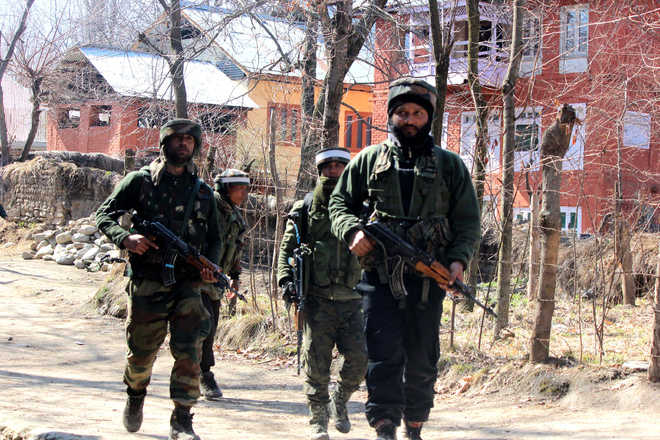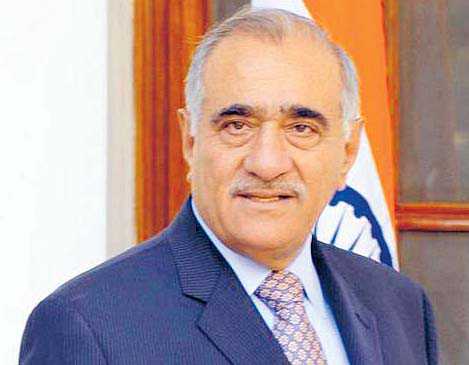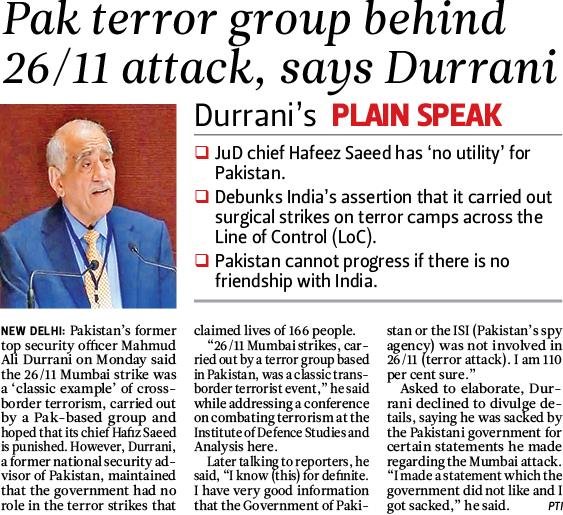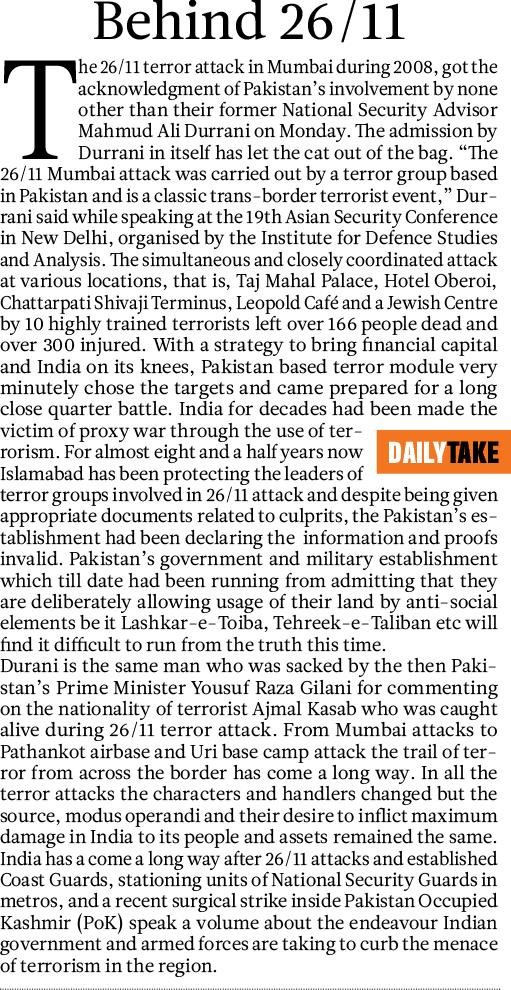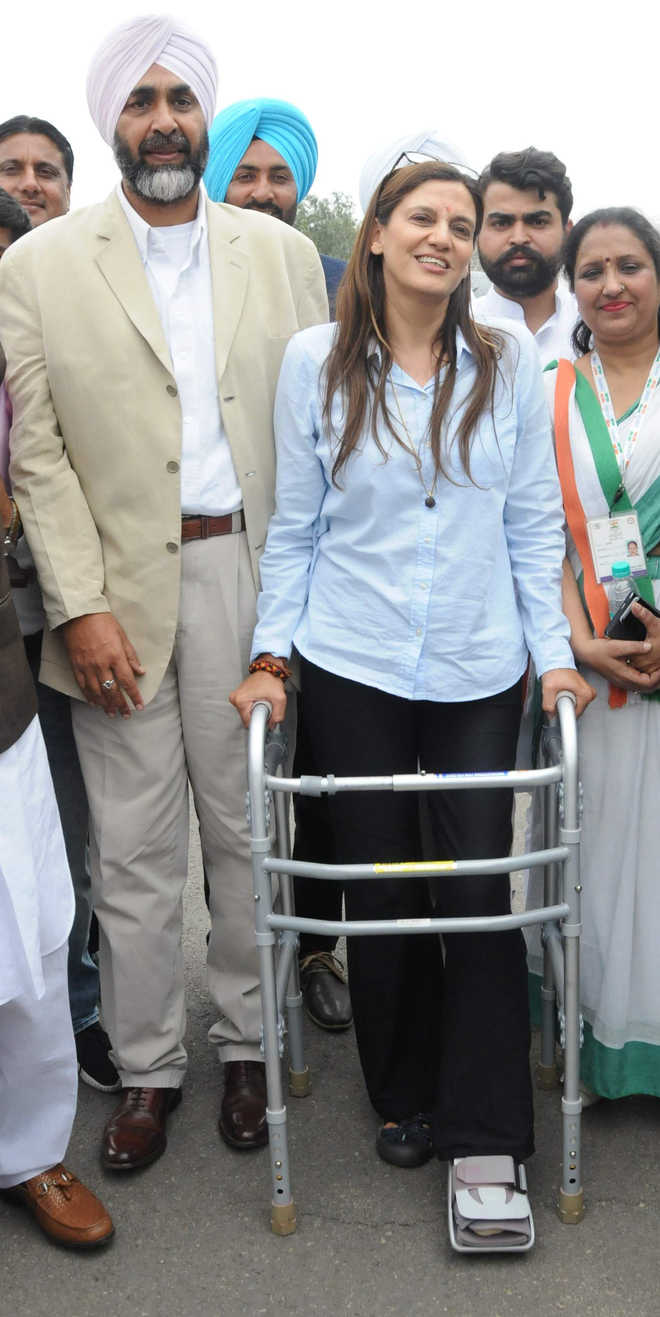
Manpreet Singh Badal and his wife Veenu arrive at Raj Bhawan on Thursday.
Jupinderjit Singh
Tribune News Service
Chandigarh, March 16
Newly appointed Finance Minister Manpreet Singh Badal today became the first in the new government to shun security cover and decline an official car, which he is entitled to as a Cabinet Minister and MLA.Other Congress ministers and MLAs have taken security.Manpreet reached Raj Bhawan for the swearing-in ceremony in his Toyota Fortuner without any police guard. In the SAD-BJP regime, ministers, some MLAs and halqa in-charges, who had not even won the elections, used to roam around with 10 or more gunmen.Even some Akali leaders in Delhi had up to 20 gunmen. To end the ‘VIP culture’ was one of the main issues in the Assembly elections. The Congress and AAP had promised in their manifestoes not to follow the ‘VIP culture’.Manpreet, who drafted the Congress manifesto, said he did not take police security and government vehicle during his tenure as the Finance Minister in the SAD-BJP government as well.As for AAP, its 20 MLAs will convene a meeting soon to decide whether or not take security. Dakha MLA HS Phoolka said that so far, none of the MLAs had taken security and official vehicle.“We are against the ‘VIP culture’ and show of power. Having said that, some MLAs may face difficulty as they don’t have a vehicle of their own. We will meet soon and take a call,” Phoolka told The Tribune.AAP chief whip Sukhpal Khaira said party MLAs would decide soon. “On a personal note, I feel government vehicle might be required. Moreover, an MLA can have gunmen, but it should not become a show of power,” he said.Some AAP MLAs said SHOs of their areas had attached a constable with them. They said the party used minimum police security in New Delhi, but the situation in Punjab was different. “Here, you have to travel a lot. In light of recent attacks and sacrilege incidents, security cover may become a necessity,” a legislator said.On government vehicles, AAP MLAs alleged the Transport Department offered them Maruti Gypsy, which was in poor condition. The government has Toyota Camry and Innova, besides Gypsy for MLAs. Congress MLAs have opted for the luxurious vehicles, leaving Gypsy for AAP and Akali MLAs.AAP MLAs have retuned Maruti Gypsy as their official vehicle. They may accept Innova.
Channi: No red beacon chandigarh: Keeping his word, newly appointed Technical Education Minister Charanjit Singh Channi ordered his staff to remove the red beacon atop his official car after the swearing-in ceremony at the Punjab Raj Bhawan here on Thursday. Channi said, “I have asked my driver not to keep any red beacon, because I will be travelling to the Secretariat as a common resident of the state. I have always told my voters that I am one among them.” Speaking to his supporters, Channi said, “I come from a middle-class family. I have seen the misuse of power associated with symbols such as red beacon and security guards. I will carry my office as simple and as open as I promised my voters during my campaigning.” Channi had avoided carrying a red beacon even when he was the CLP leader during the tenure of the SAD-BJP government in spite of being entitled to it. Sanjeev Singh Bariana












